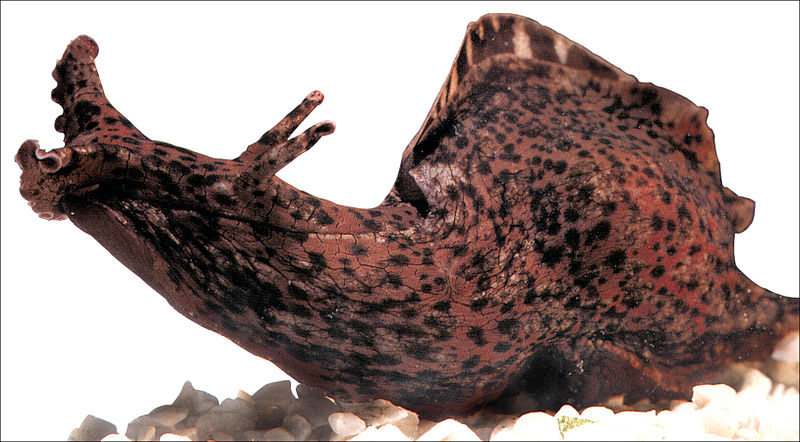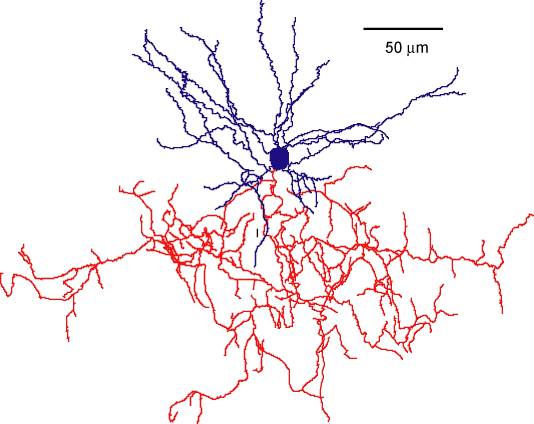Today’s topic of interest was Learning and Memory – particularly the ways in which memories are stored. For many years it was commonly accepted that a memory was physically represented in the brain by a synapse. The conjunction of two neurons was considered the actual storage region for the memory.
This concept, introduced by Santiago Ramon y Cajal, is now being studied on the molecular level in experiments that strategically disrupt protein synthesis necessary for memory consolidation . By doing this, researchers have been able to train, erase memory, and retrain the memory in an organism with a very simple nervous system – Aplysia.

Researchers at the University of California, Los Angeles started by reconfirming that a protein, in this case PKMZeta, played a role in maintaining long term memory. This was done by administration of the protein synthesis inhibitor anisomycin, which hindered long term sensitization (in the form of a highly sensitive retractile motor response), altering the slugs memory of how to respond to small shocks.
Building on this study, they showed that if a period of memory reconsolidation is disrupted, swellings along the axon where synaptic transmission can occur, known as presynaptic varicosities , are retracted. Retraction is not limited to varicosities formed during the learning process, but also those that were originally present along the axon.
Perhaps the most interesting part of this new research is the finding that the networks of varicosities generated after a task is learned and the memory consolidated are in no way required to be the same as those made if that memory is erased and reconsolidated. This shows that a specific memory is not mediated by specific synapses – meaning the synapses that maintain a memory are relatively arbitrary.
Remember to check back soon for another update.
